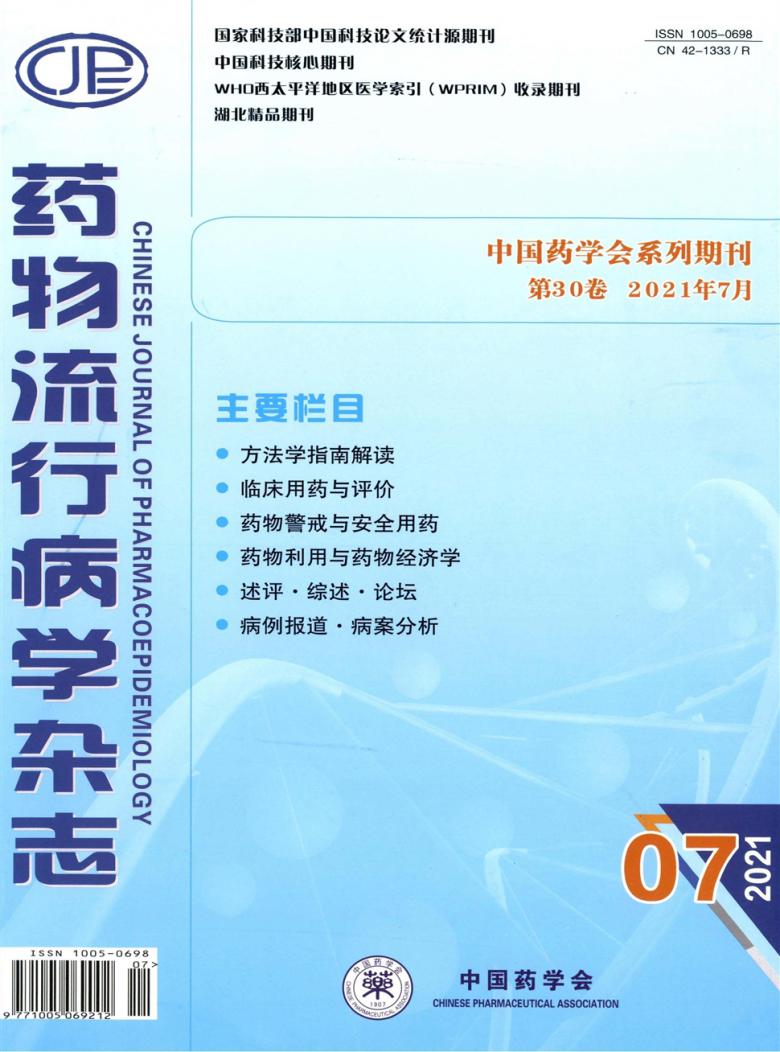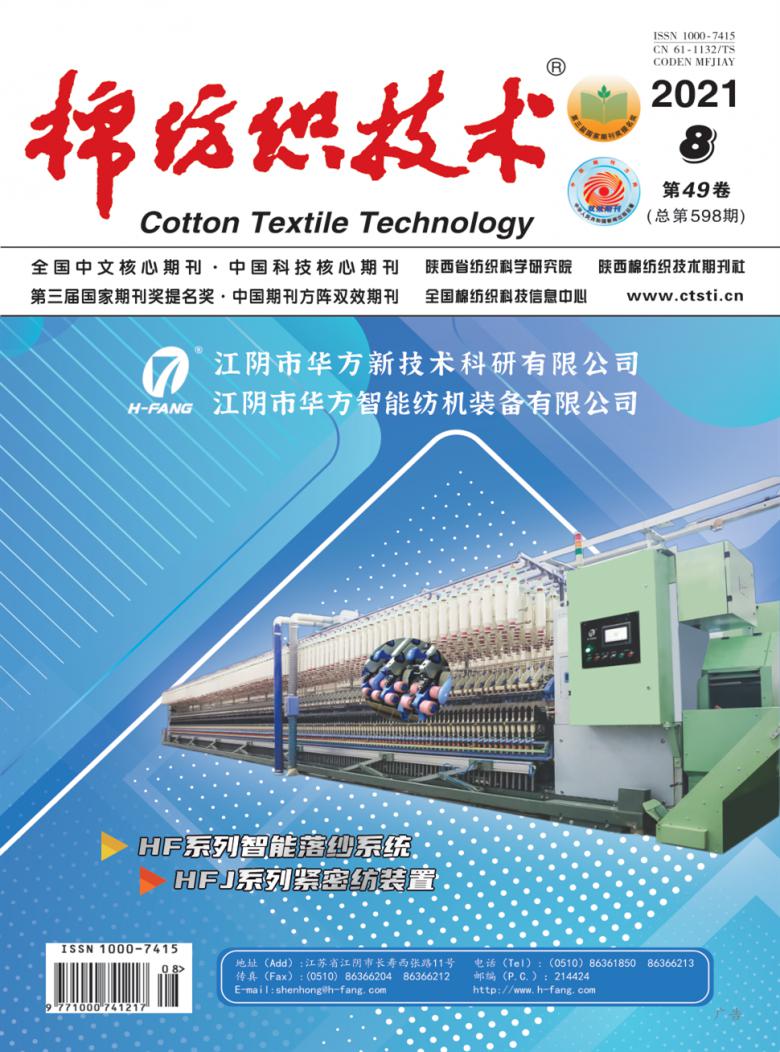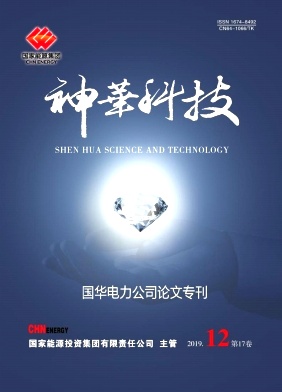热电厂水汽采样和化学加药控制系统研究
佚名 2008-04-17
【摘要】在热力发电厂中,水汽品质是一项重要指标。好的水汽品质可以提高热力设备的性能,延长设备的使用寿命,节约能源,减少事故发生率。反之水汽品质的失调将会给电厂的热工设备造成不同程度的损伤,给机组的安全和电厂稳经济运行带来隐患。所以水汽采样和化学加药是电厂热工过程的两个重要环节。 本文根据水汽采样和化学加药的工艺特点,从硬件和控制算法两方面着手设计热力发电厂化学加药控制系统,采用上位机和下位机相结合的系统。上位机用工业计算机和组态软件构成友好的人机界面,方便了系统的操作;下位机采用西门子S7 400H PLC进行数据采集和化学加药控制。用工业以太网构成管理层,负责上位机和下位机之间、本系统和电厂其它系统之间的通信。现场总线构成现场设备的控制层,负责现场设备和PLC间的数据传输。 设计上从上位机、下位机、以太网到现场总线均采用了冗余结构,来提高监控系统的可靠性。并把这样的系统作为电厂DCS的子系统。为提高系统的实时性,本文研究了DCS的通信问题,介绍了一些提高通信能力的方法。 随着电厂规模的日益扩大,工艺水平的不断提高,要求采用更新颖的控制技术来满足工艺的需要。由于化学加药控制系统的非线性、大时滞、时变的特点,常规的控制方法难以获得满意的控制效果。为了提高系统控制的鲁棒性和自适应能力,本课题将模糊控制引入到热电厂化学加药控制系统中。在算法方面,经过研究决定采用参数自适应模糊PID自动加药控制代替手动控制或是传统PID控制,并用仿真曲线来分析其动态性能和抗扰动能力。仿真结果表明,该策略的控制效果优于常规的PID控制,它能适应对象参数的变化,具有较强的鲁棒性和自适应能力。
关键词:现场总线;加药;时滞系统;模糊PID控制;原文word稿件点击下载 Abstract In the thermal power plant, the parameters of water and steam of thermal system is a importance target. The good parameters of water and steam of thermal system can improve the performance of thermal equipment, and prolong the useful life of equipment, the using of devices, and save energy, reduce the ratio of the accidents. Contrarily, it will cause varying degrees of damage inthermal equipment of the Power Plant, and bring hidden troubles in the secure and economic running of the power plant, so, the chemical vapor sampling and Dosing is an important link for thermal power plant. On the bases of the Technological requirements of the water and steam of thermal system chemical and the dosing control system, the hardware and control algorithm is designed in the paper. In the hardware design, the upper and the hypogynous are combined in the design, the upper of the system is composed of PC and SCADA to be made of the friendly Man and Machine Interface, and it facilitates the operation of the system. The hypogynous of the system adopts Siemens S7 400H PLC to collect data and to control the process of the dosing control system. Industrial Ethernet is used of the management, and sees to communication between the upper and the hypogynous or between the system and other plant systems. FCS is used of the Control layer, it sees to the data transmission between on-site equipments and PLC. In this paper, to increase the reliability of the Monitoring system, the redundant structure is used from the PC、the upper、the hypogy nous、the Ethernet to FCS. The system is looked on as the subsystem of the DCS. Many communication methods are introduced in this paper, to improve the real-time of the system. With the growing scale of power plants and with the continuous raising level of technology, it requires to update the control arithmetic. Since the chemical dosing control system of fossil power plant is characterized by nonlinearity, long time lag and variation with time, satisfying control effect can not be achieved with traditional control methods. In order to increase the robustness and self-adaptability of the chemical dosing control system in the system of dosing is designed. In this paper, fuzzy control system of dosing. In the algorithm, Fuzzy self-adaptation PID control is used instead of the traditional manual control or the traditional PID control, The dynamic performance and anti-disturbance is analyzed by simulation, Simulation results show that the control effect by this strategy is superior to that of normal PID cascade control. It is featured by strong robustness and self-adaptability, and can readily accommodate itself to the object's parameter variations.
KEY WORDS: FCS; Dosing; time-delay system; Fuzzy self-adaptation PID Control
目 录 摘要 I ABSTRACT II 第一章 绪论 1 1.1课题研究的意义 1 1.2国内外研究现状及趋势 1 1.3本文的主要研究内容 2 第二章 电厂水汽监控系统介绍 4 2.1电厂DCS系统介绍 4 2.1.1DCS系统简介 4 2.1.2电厂控制级功能简介: 4 2.1.3西门子DCS系统 —— PCS7 4 2.1.4电厂辅控网组成 6 2.2火电厂水汽系统 7 2.3化学加药系统原理 9 第三章 系统设计原理及功能 11 3.1上位机系统设计 11 3.1.1上位机硬件 11 3.1.2软件设计 11 3.1.3利用InTouch 软件实现冗余功能 14 3.1.4InTouch数据库 16 3.2下位机PLC控制系统设计 17 3.2.1下位机控制系统硬件配置 17 3.2.2硬件系统的冗余设计 18 3.3系统时钟设计 24 3.4电源设计 25 第四章 DCS系统通讯问题研究 26 4.1现场总线应用及其安全可靠性的提高 26 4.1.1现场总线的发展与应用 26 4.1.2Profibus现场总线通信协议。 27 4.1.3系统实时性研究 29 4.2工业以太网实时性问题及解决方案。 33 4.2.1工业以太网通信原理 33 4.2.2工业以太网实时性问题的研究 35 第五章 化学加药控制理论研究 37 5.1加药系统控制对象数学模型的建立 37 5.1.1 控制对象选择 37 5.1.2 控制对象特性分析 37 5.1.3 建立控制模型 38 5.2 控制算法的确定 41 5.3 加药模糊控制器的建立 41 5.4 化学加药参数自调整模糊PID控制器的设计 46 5.5 仿真曲线 48 第六章 电厂化学加药模糊控制系统的设计与实现 51 6.1控制系统的原理与控制指标 51 6.1.1控制系统的原理 51 6.1.2自动加药控制系统主要技术指标 52 6.2硬件系统设计方案 52 6.3软件实现 57 第七章 总结与展望 61 致谢 62
第一章 绪论
1.1课题研究的意义 近年来,我国经济迅速发展,生产力不断提高,电力作为经济发展的动力得到了迅速的发展。为了节省能源和保护环境,提高火力发电的经济性,大容量超临界机组因其能源利用率高、经济性能好而得到快速发展,已在世界发达国家广泛应用。随着科学技术的发展及计算机更新升级,先进的控制策略、专家系统、现场总线和智能变送器的广泛应用,将有利于节约投资,降低能耗,便于维护和提高火电厂安全、经济运行水平[1]。 热工自动化是火电厂不可缺少的组成部分,而热工自动化的水平又是现代火力发电技术和管理水平的综合体现。这主要有两个因素推动,一个是DCS,另一个是协调控制系统。DCS在电厂的普及应用,为火电厂热工自动化技术的发展奠定了基础。而协调控制系统在单元机组普遍投入,使火电厂热工自动化达到前所未有的新高度。目前广泛采用以微机为核心的DCS,其可靠性很高,可依赖性强,可以充分发挥自动化的功能,并取得了很好的安全和经济效益。在热工自动化系统采用开放的工业计算机系统和远程智能I/O,有利于减少信号电缆,降低造价;应用先进的控制策略、专家系统、可充分发掘DCS的潜力,解决一些老大难问题,进一步提高电厂安全与经济运行。 由于火电机组越来越大,对机组热工自动控制系统控制品质的要求也随之提高。为了保证单元机组的正常运行以及高度的安全性、经济性,对单元机组的自动化水平提出了更高的要求。由于单元机组存在着大迟延、大惯性和严重的非线性及扰动频繁等特点,传统的控制方法已经不能满足电网对机组的要求,用先进的智能化控制策略取代常规控制策略成为火电厂过程控制发展的趋势。目前,由于现有的给水加药控制系统运行不稳定,加药方式多采用手动间歇控制或是采用传统PID算法的自动控制,工作费时费力,控制精度又不高。为提高系统的自动化水平有必要研究新型的控制系统和控制策略,提高加药控制系统的准确性、快速性和鲁棒性。
1.2国内外研究现状及趋势 近年来,美国等发达国家对火电厂水汽监控方面做了大量研究,提出最佳的化学监控管<






